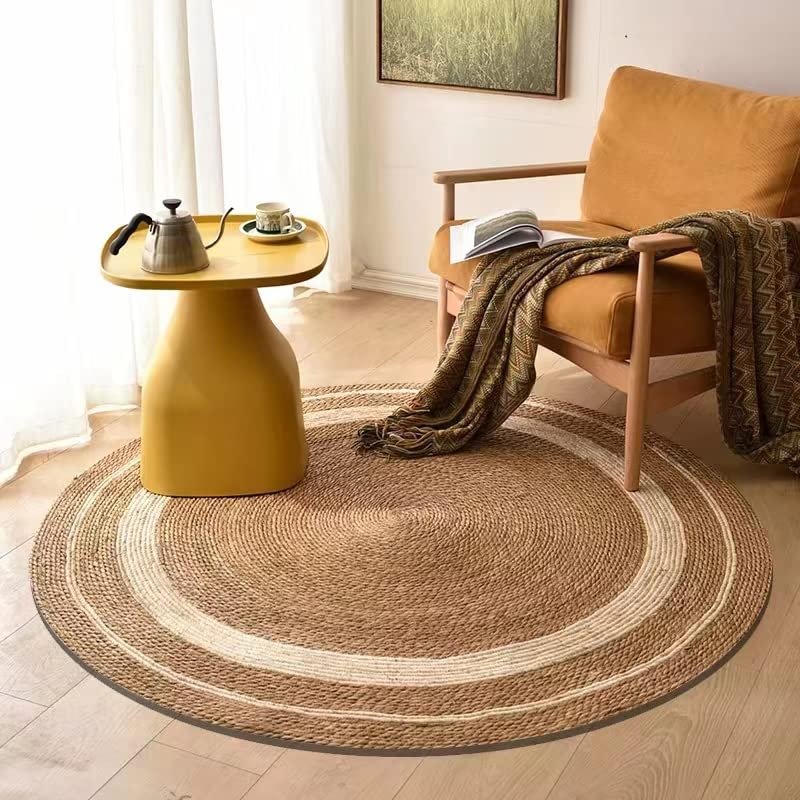Jute, famously known as the “golden fiber,” is a sustainable, versatile natural material used for various products such as ropes, sacks, carpets, and rugs. Among these, jute rugs have carved a significant niche in the global market due to their eco-friendliness, durability, and aesthetic appeal. This blog highlights the top jute-exporting countries and their vital role in shaping the global jute rug industry.
Why Jute Rugs Are Trending Globally
Jute rugs are not just home decor items; they represent sustainable living and a connection to nature. Here’s why they’ve become a favorite among consumers:
- Eco-Friendly: Made from natural fibers, jute rugs are biodegradable and environmentally safe.
- Durable and Affordable: These rugs are sturdy yet cost-effective, offering great value for money.
- Versatile Designs: From rustic and traditional to modern styles, jute rugs complement various interiors.
With these benefits driving demand, let’s explore the key players in the jute export market.
1. India: The Global Leader in Jute Exports
India is the largest producer and exporter of jute in the world, with most production concentrated in West Bengal. Indian jute products, especially rugs, are admired globally for their craftsmanship and quality.
- What Sets Indian Jute Rugs Apart?
- A wide range of styles, including braided, hand-woven, and designer patterns.
- Emphasis on sustainability and eco-friendly manufacturing practices.
- Key export destinations: USA, Europe, Australia, and the Middle East.
India’s dominance in the market is further supported by government initiatives to promote jute cultivation and its value-added products.
2. Bangladesh: The Hub of High-Quality Jute
Bangladesh is the second-largest exporter of jute and a significant contributor to the global jute rug industry. Known for producing premium-quality raw jute, the country is expanding its focus on finished goods like rugs.
- Highlights of Bangladeshi Jute Rugs:
- Affordable yet durable, catering to diverse markets.
- Strong presence in the USA, Japan, and Europe.
- Investment in technology and diversification to produce trendy jute rugs.
Bangladesh’s jute sector plays a crucial role in its economy, backed by strategic government policies to boost exports.
3. China: Transforming Jute with Technology
China primarily imports raw jute from India and Bangladesh to manufacture various products, including rugs. Leveraging advanced techniques, China has established itself as a key supplier of machine-made jute rugs.
- What Makes China Stand Out?
- Use of innovative technology to create unique designs.
- Ability to produce jute rugs at scale, meeting global demand.
- Strong export network in North America, Europe, and Asia.
4. Nepal: Artisanal Excellence in Jute Rugs
Nepal’s jute industry may be smaller, but it excels in handmade, artisanal rugs that blend traditional craftsmanship with contemporary styles.
- Nepal’s Niche in Jute Rugs:
- Handcrafted designs perfect for boutique markets.
- Popular in premium segments across the USA and Europe.
- Focus on ethical sourcing and eco-friendly practices.
5. Thailand: Innovative Jute Products
Thailand has become a noteworthy player by integrating jute with other materials to create versatile and innovative rugs. The country’s approach appeals to modern, eco-conscious consumers.
- Unique Aspects of Thai Jute Rugs:
- Soft blends that enhance usability and comfort.
- Target markets include Asia, Europe, and niche global segments.
- Increasing emphasis on sustainable production methods.
Challenges and Opportunities
While the jute industry is thriving, it faces challenges such as:
- Climate change affecting jute cultivation.
- Price volatility in raw jute markets.
- Competition from synthetic alternatives.
However, the increasing awareness of sustainability and the shift towards natural products present significant opportunities for growth.
Conclusion: A Bright Future for Jute Rugs
The top jute-exporting countries—India, Bangladesh, China, Nepal, and Thailand—are instrumental in meeting the global demand for jute rugs. With their commitment to innovation and sustainability, these nations are driving the industry forward.
For homeowners, investing in jute rugs is not only about beautifying spaces but also about making an eco-conscious choice. For businesses, understanding the dynamics of the jute export market is key to tapping into this growing trend. Let jute rugs add a touch of nature to your home while supporting a sustainable future.

